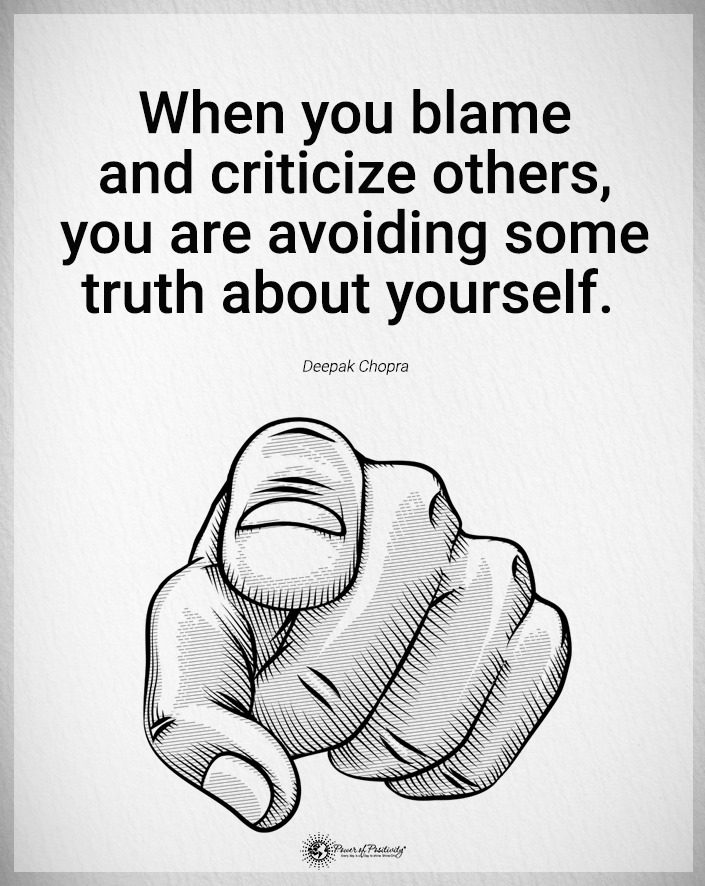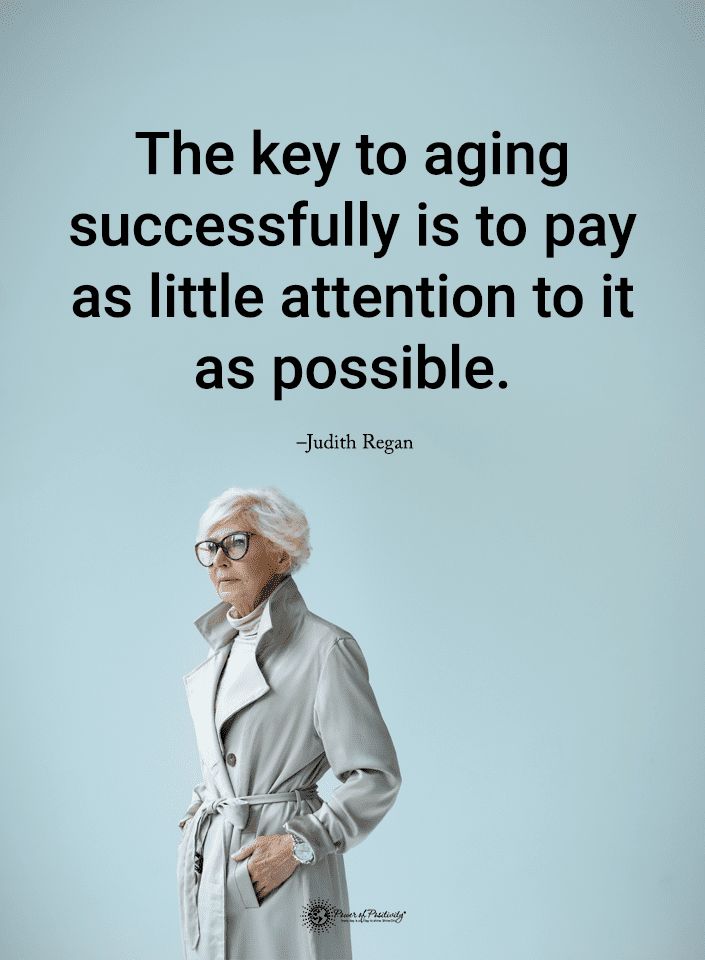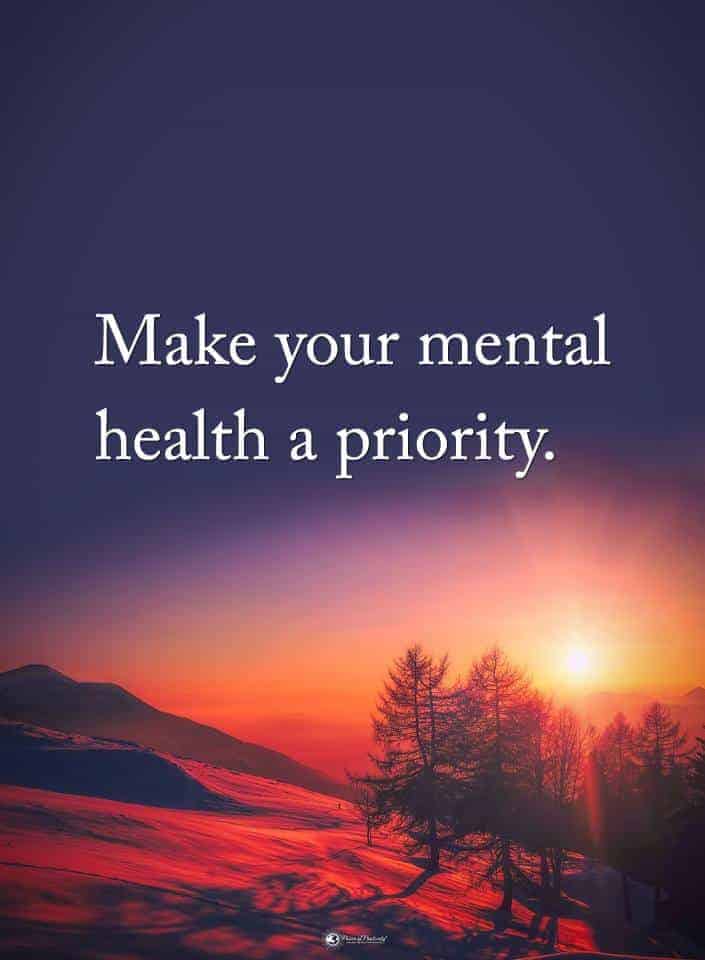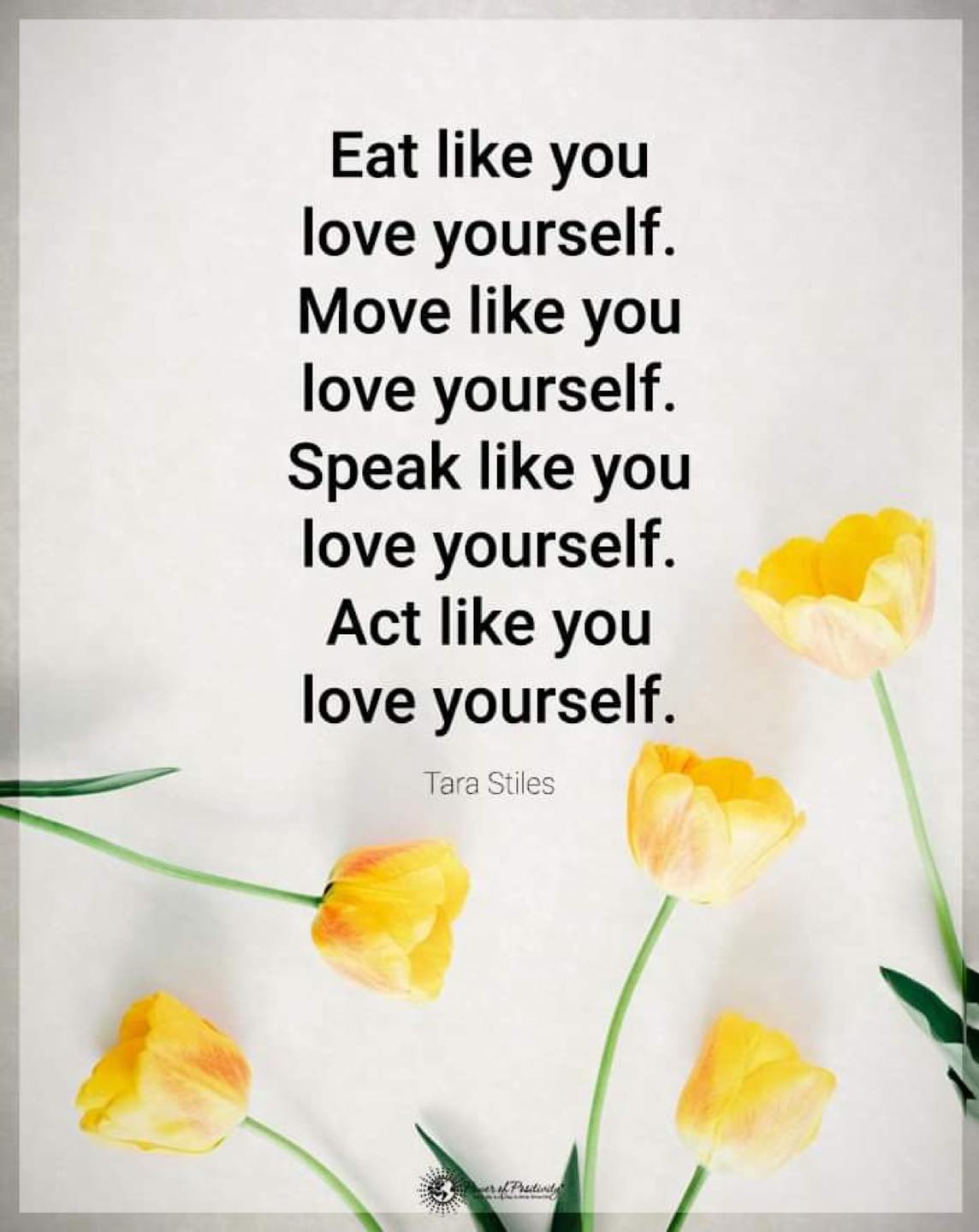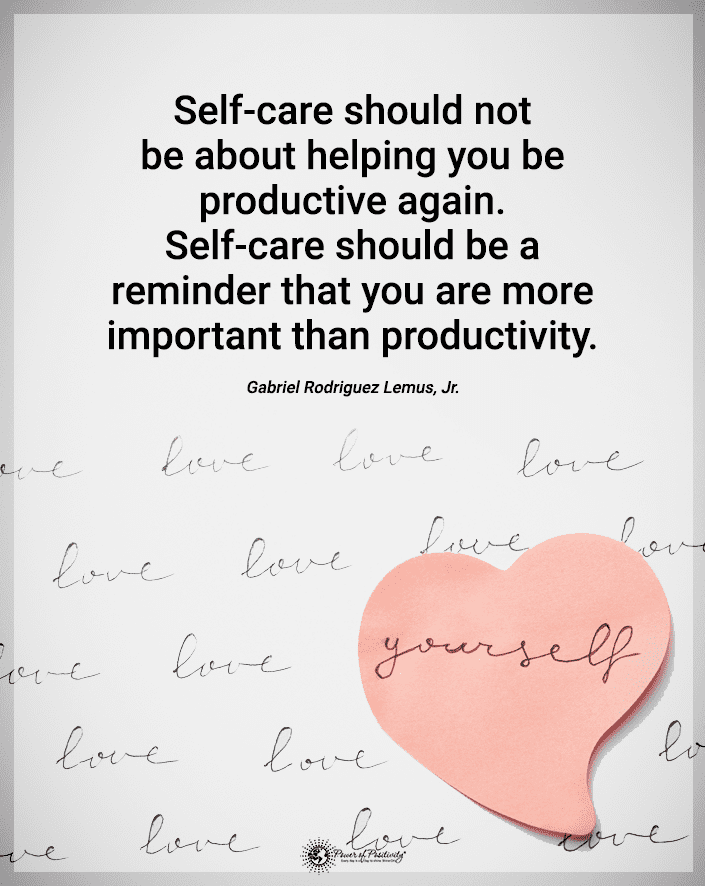In the fascinating realm of psychology, the Dark Triad personality is an intriguing and multifaceted concept. This interplay of narcissism, Machiavellianism, and psychopathy contributes to a complex and challenging personality construct. At the heart of this enigmatic triad lies a delicate interplay of self-importance, manipulative tendencies, and a disregard for others’ feelings.
Exploring the depths of the Dark Triad allows us to unravel the complexities of human behavior. It also shines a light on the intricacies of personality and its impact on personal and professional relationships. By understanding the implications of these traits, individuals gain a deeper appreciation of the dynamics at play within themselves and others. Thus, we can navigate the world of social interactions with greater insight and empathy.
In this exploration, we dive into the nuances of each trait. We also begin to understand their significance in shaping human behavior and their profound influence on the intricacies of personal connections and professional dynamics. Thus, through this psychological exploration of the Dark Triad, we embark on a journey to unravel the enigmatic aspects of human personality, seeking knowledge that empowers us to build more meaningful and authentic relationships.
Understanding the “Dark Triad”
Understanding the “Dark Triad” is essential in grasping the complexities of this unique personality construct and the maladaptive behaviors associated with it. This psychological concept involves the interplay of three distinct traits:
- Narcissism
- Machiavellianism
- Psychopathy

These collectively contribute to a potentially problematic personality profile. By delving into the “Dark Triad,” researchers can explore the antisocial behaviors of individuals exhibiting these traits.
Moreover, identifying the “Dark Triad” traits allows a deeper comprehension of the underlying factors influencing these behaviors. In psychology, contextualizing the “Dark Triad” role provides invaluable insights into human nature and its complexities. By identifying the specific characteristics of each trait, we can better grasp how they collectively influence an individual’s actions and interactions with others. It paves the way for effective interventions and strategies. It also helps to mitigate the impact of this intriguing personality construct.
1. Narcissism
Narcissism is one of the critical components of the Dark Triad, characterized by an excessive preoccupation with one’s self-importance, grandiosity, and a lack of empathy towards others. Individuals with narcissistic traits often overestimate their self-worth, seeking constant admiration and validation from others. Their focus on their own needs and desires can lead to disregarding the feelings and well-being of those around them.
Empathy, an essential aspect of human interaction, tends to be lacking in individuals high in narcissism. It makes it challenging for them to understand or show concern for others’ emotions. Narcissists frequently seek constant praise and validation from others, making them prone to attention-seeking behaviors. They may engage in self-promotion and boast about their accomplishments to elicit admiration and reinforce their self-perceived superiority.
Additionally, they often use manipulative tactics to maintain their self-image and exploit others for personal gain or recognition. This self-centered and grandiose behavior is a defining feature of narcissism within the Dark Triad, contributing to the complexity of this personality construct and its potential impact on social relationships and interactions.
2. Machiavellianism
Machiavellianism is another vital component of the Dark Triad, characterized by manipulation, cynicism, and strategic exploitation. Individuals high in Machiavellianism tend to display a tendency to manipulate others for personal gain, using cunning and strategic tactics to achieve their objectives. Cynicism is another prominent trait associated with Machiavellianism.
Individuals with this personality trait may view the world with skepticism and distrust, believing others are motivated by self-interest and unreliable. This cynical perspective enables them to anticipate potential threats or opportunities and stay one step ahead in pursuing personal gain.
Those with Machiavellian traits adopt a strategic, often unemotional, approach, prioritizing their interests above all else. This calculated and manipulative behavior is a defining feature of Machiavellianism within the Dark Triad. Thus, it contributes to the intricate nature of this personality construct and its potential impact on interpersonal dynamics and social interactions.
3. Psychopathy
Psychopathy, one of the three critical components of the “Dark Triad” personality, encompasses behaviors marked by impulsivity, recklessness, and a notable lack of remorse. Behavioral impulsivity is a hallmark of psychopathy, leading individuals to make hasty decisions and engage in reckless actions without fully considering the potential consequences. This impulsivity often leads them to engage in risk-taking behaviors, pursuing immediate gratification and showing little concern for the long-term implications of their actions.
Moreover, another striking characteristic of psychopathy is the lack of empathy and remorse. Psychopathic individuals have difficulty understanding and connecting with the emotions of others, which can result in a callous and insensitive demeanor. They often appear indifferent to the suffering of others and may exploit or manipulate individuals for personal gain without experiencing guilt or remorse.
This emotional detachment is central to their interpersonal relationships. Therefore, they may struggle to form genuine and meaningful connections with others. Psychopathy within the Dark Triad adds a layer of complexity to this personality construct, highlighting the potential risks and challenges associated with individuals exhibiting such traits.
Interrelation of the Dark Triad
The Dark Triad characteristics of Machiavellianism, psychopathy, and narcissism are intricately interrelated, with shared features that lead to a complex behavioral interplay. These traits often manifest jointly in individuals, contributing to the development of antisocial behaviors and problematic personality constructs. One of the significant shared characteristics among the Dark Triad traits is a lack of empathy.
Individuals high in narcissism, Machiavellianism, or psychopathy often struggle to understand or genuinely care about the feelings and emotions of others. This absence of empathy can also lead to callous and manipulative behavior, as these individuals may exploit others without remorse or guilt. The personality overlap of the Dark Triad has a collective influence on interpersonal relationships.
Combining these traits creates a unique and challenging personality construct that can profoundly affect individuals’ thoughts, emotions, and behaviors. Understanding the interrelation of the Dark Triad is essential for comprehending the complexities of human behavior and its potential impact on social dynamics and interactions.
Impact of the Dark Triad on Relationships
The Dark Triad traits can significantly impact interpersonal relationships, leading to challenges and social repercussions. Individuals high in these traits may struggle to form meaningful connections with others due to their self-centered and manipulative tendencies. The potential for manipulation and deceit in individuals with Dark Triad traits can cause relationship strains, making it challenging for genuine emotional bonds to develop.
Moreover, the lack of empathy and remorse associated with these traits may lead to a diminished ability to understand and support others’ emotional needs. Combining these traits can create a perfect storm of challenges in relationships. For example, a person high in all three Dark Triad traits may be:
- Charming and charismatic initially (narcissism)
- Manipulate others to gain power and control (Machiavellianism)
- Show little regard for the emotional impact of their actions (psychopathy).
This combination can lead to emotionally abusive and toxic relationships, leaving the other party emotionally drained and vulnerable. Recognizing the impact of the Dark Triad on relationships is crucial for navigating the complexities of social interactions and promoting healthier, more authentic connections with others.
Implications for Professional Settings
The presence of the Dark Triad traits in professional settings can have significant implications for workplace dynamics and career impact. Individuals high in these traits may display manipulative and self-serving behaviors that can influence their leadership style, potentially leading to a toxic approach to management.
Moreover, lacking empathy and disregard for others’ feelings may hinder teamwork and cooperation. Thus, it creates a challenging work environment and hinders collaboration. The impact of the Dark Triad on workplace culture can be detrimental, affecting morale, trust, and overall productivity.
Recognizing the potential influence of the Dark Triad in professional settings is essential for fostering a positive and healthy work environment, promoting ethical leadership, and encouraging constructive interpersonal relationships among colleagues.
Coping with the Dark Triad
Coping with individuals exhibiting Dark Triad traits requires a thoughtful approach and a combination of behavioral management, psychological support, and social strategies. Setting boundaries is vital to protect oneself from potential manipulation or harm. Recognizing the signs of these traits can prompt seeking professional help or counseling to navigate the complexities of dealing with such individuals.
Developing coping strategies, such as maintaining emotional distance, practicing assertiveness, and building a support network, can aid in managing interactions with those displaying Dark Triad characteristics. Prioritize self-care and seek guidance from mental health professionals to ensure emotional well-being when faced with challenging relationships involving the Dark Triad traits.
Additionally, cultivating social strategies that foster healthy communication and assertive responses. Thus, we can empower individuals to handle interactions with greater resilience and emotional intelligence.
Final Thoughts on Understanding the Dark Triad Personality
The Dark Triad personality encompasses three distinct but interrelated traits – narcissism, Machiavellianism, and psychopathy. Each has its characteristics, contributing to a potentially problematic personality construct. Narcissism involves an excessive focus on self-importance coupled with a lack of empathy and grandiosity.
Manipulation, cynicism, and a strategic relationship approach mark Machiavellianism. Psychopathy, on the other hand, involves impulsivity, recklessness, and a lack of remorse. Together, these traits can profoundly impact personal and professional relationships.
The psychological exploration of the Dark Triad provides valuable insights into the complexities of human behavior. By comprehending and addressing these traits, individuals can foster healthier connections, both personally and professionally. Acknowledging the existence of the Dark Triad allows us to navigate the challenges it presents with greater understanding and resilience.
As we continue to understand the depths of human psychology, we empower ourselves to forge meaningful connections. We also learn tonavigate the intricate tapestry of personalities with empathy, compassion, and wisdom. By doing so, we pave the way for more harmonious and fulfilling relationships in all aspects of life.


